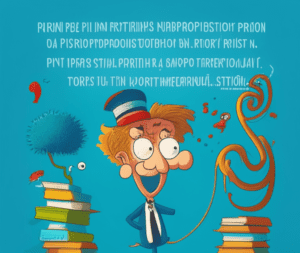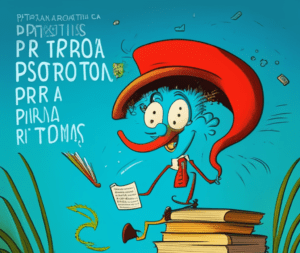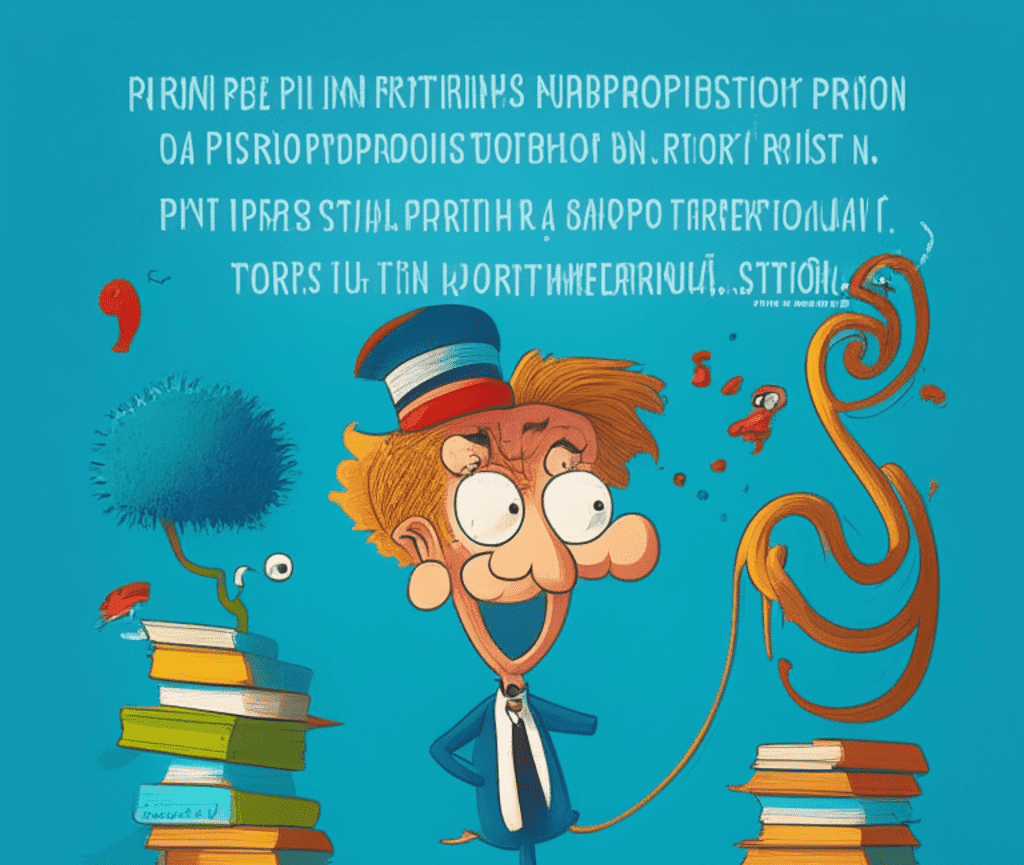While it may be easy to talk about improvement, the real challenge lies in taking action and achieving tangible results. Merely being busy with tasks without careful consideration can lead to minimal progress despite significant efforts. As the renowned British philosopher Bertrand Russell once suggested, it is healthy to question the things we have long taken for granted in all aspects of life.

To illustrate this point, imagine a group of young children diligently building a sandcastle at the shore. They shovel sand, scoop water, and work tirelessly, only to witness their creation being repeatedly washed away by the waves. Hard work, attention to detail, and effort are undoubtedly important. However, the underlying problem lies in the location of their sandcastle. If they were to pause, reflect, and move just 20 feet up the beach, their efforts would yield much more satisfying results.
The concept of rethinking is not meant to replace the hard work involved in improving curriculum, instruction, educator morale, or student well-being. Instead, it serves as a means to facilitate those efforts. By embracing three key principles, rethinking becomes a practical exercise rather than a mere theoretical concept.
Retire the One-Stop-Shop Schoolhouse
Traditional schools have long been expected to provide a wide range of services to students within a geographical area. However, with the advancements in technology, the landscape of education has changed. Students now have the opportunity to access books, tutoring, courses, and even telehealth services online. This shift prompts us to question how schools should be organized in this new era.

Presently, school staff are burdened with multiple responsibilities. Teachers are not only educators but also evaluators, lesson designers, monitors, counselors, troubleshooters, secretaries, and more. This extensive list of tasks can be overwhelming, and it begs the question of whether there are better ways to organize the work of schools and teachers. Is it possible to “unbundle” the various tasks that have been traditionally bundled together and find more effective ways to assemble them?
To approach this challenge, we need to consider what schools and educators should handle independently and when it might be more beneficial to leverage the diverse ecosystem of external resources and programs available today. Instead of bemoaning the extensive demands placed on schools and teachers, we should rethink our expectations and consider how to empower educators while making their roles more manageable.
By exploring the concept of “unbundling,” we can assess which tasks are best suited for schools and teachers to handle directly and which can be delegated to external resources. This approach opens up new possibilities for collaboration and utilizing the expertise of various organizations and professionals. Rather than expecting schools to do everything, we should focus on defining their core responsibilities and identifying areas where external partnerships can enhance the educational experience.
Ultimately, the goal is to reimagine the role of schools and educators in the context of the modern educational landscape. By leveraging technology and collaborating with external resources, we can create a more efficient and effective system that empowers educators and enhances the learning experience for students.
Take Personalization Seriously
The concept of personalization in education is often discussed in positive terms, and rightfully so. No one argues that schools should be less personal and more like factories. However, in practice, some school improvement efforts that claim to be personalized can actually have the opposite effect.

An example of this is annual state testing, which was initially promoted as a way to ensure that individual students wouldn’t be overlooked. However, one of the biggest criticisms of annual assessments is how they can turn schools into impersonal test-preparation factories. Similarly, education technology is often hailed as a tool for radical personalization. Yet, as we witnessed during the pandemic, remote instruction and classrooms filled with students fixated on tablets can easily feel dreary and devoid of human connection.
Simply providing students with Chromebooks or iPads does not automatically constitute personalization. The true personalization lies in how these tools are utilized. To illustrate this, let’s consider a music analogy. Fifty years ago, if you wanted to listen to your favorite song, you would buy a record, take it home, place it on your record player, and listen to the album one side at a time. Every person who wanted to hear that song followed the same process. Personalizing your music experience was not easy.
However, with the advent of digital music technology, everything changed. Today, any listener can access intricate algorithms that sift through millions of songs and curate customized playlists based on personal preferences. This level of personalization is made possible through technology.
Similarly, in education, true personalization goes beyond the provision of devices. It involves leveraging technology in ways that tailor learning experiences to the unique needs, interests, and abilities of individual students. It means utilizing digital tools to offer tailored instruction, adaptive learning pathways, and personalized feedback. It also involves fostering meaningful relationships and human interactions within the learning process.
So, when we discuss personalization in education, it is crucial to recognize that it’s not just about the tools themselves. It’s about how we leverage those tools to create engaging, meaningful, and customized learning experiences for each student. By doing so, we can ensure that personalization in education truly enhances the educational journey and supports each student’s growth and success.
In the realm of education, personalization necessitates a thoughtful examination of how tools and policies can be effectively utilized to meet the diverse needs of every learner. By offering expanded choices, students in a particular school can gain access to a wider range of courses, instructors, and programs that would otherwise be inaccessible to them. These new options can provide bullied students with the opportunity to find a more nurturing and inclusive environment, while enabling parents to actively engage with their child in various school assignments. Additionally, innovative technologies have the potential to transform standardized curricula into more individualized learning playlists.
However, translating these ideas from theory to practice is a complex endeavor. It requires careful planning, collaboration, and implementation. Educators and policymakers must consider factors such as curriculum design, teacher training, resource allocation, and the integration of technology into the learning process. Moreover, they need to address challenges related to equity, accessibility, and ensuring that personalization efforts truly benefit all students.
Implementing personalized approaches to education is a continuous journey that demands ongoing reflection, adjustment, and improvement. It involves creating a supportive environment where educators can adapt their teaching strategies to cater to the unique strengths, interests, and learning styles of each student. It also requires embracing a culture of innovation and experimentation, where effective practices and promising ideas can be shared and scaled.
While personalization in education presents its challenges, it also offers tremendous opportunities to enhance student engagement, motivation, and achievement. By striving to bridge the gap between theory and practice, educators and stakeholders can work together to create a more inclusive, empowering, and student-centered educational experience for all learners.
Know What Problem You’re Solving
The field of education often falls victim to a hasty and impulsive approach, where new reforms are constantly introduced in the hopes of finding immediate solutions. Driven by the optimism of advocates and the expectation for innovative ideas from new leaders, education undergoes a rapid cycle of reforms. However, this frenetic pace makes it challenging to accurately identify the root problems and ensure that the proposed solutions are a good fit.
Rethinkers in education prioritize defining the problem they aim to solve before embracing new programs or practices. They understand that rushing into solutions without a clear understanding of the problem can do more harm than good. Quick-fix approaches can become convenient distractions, diverting attention from the actual work that needs to be done.
Consider the example of a district that eagerly adopted digital textbooks and curriculum without ensuring the functionality and reliability of the devices. While the superintendent was hailed as an innovator, students and teachers ended up worse off. Technical issues caused books and resources to load slowly, turning short assignments into time-consuming tasks. Students faced difficulties completing homework during bus rides or on the way to extracurricular activities due to unreliable access to online assignments. Teachers grappled with glitchy portals and forgotten passwords, adding to their frustration. The heralded “solution” ended up creating more problems than it solved.
A new social-emotional learning (SEL) initiative might be beneficial if middle schoolers are disengaged, but it may not address the issue if their disinterest stems from confusing math instruction. To determine whether an intervention will be effective, it is crucial to understand the nature of the problem. Which students are struggling? Why are they struggling? How can we gather reliable data to support our understanding? It is essential to approach those who claim to have surefire solutions with skepticism until these fundamental questions are answered. Programs and policies should be the culmination of a thoughtful rethinking process, not the starting point.
In the pursuit of meaningful and lasting change in education, we must resist the allure of quick fixes and instead prioritize a thorough understanding of the challenges at hand. By critically examining the problems, gathering data, and engaging in thoughtful analysis, we can develop targeted interventions that have the potential to make a genuine difference in the lives of students and educators.
Related
The Power of Social-Emotional Learning (SEL) for Adults
How To Promote Physical Development In Early Childhood?
Creative Arts And Expression In Early Education
Understanding Early Brain Development: Unleashing the Potential of Young Minds
Early Childhood Education: Laying the Foundation For Lifelong Learning

